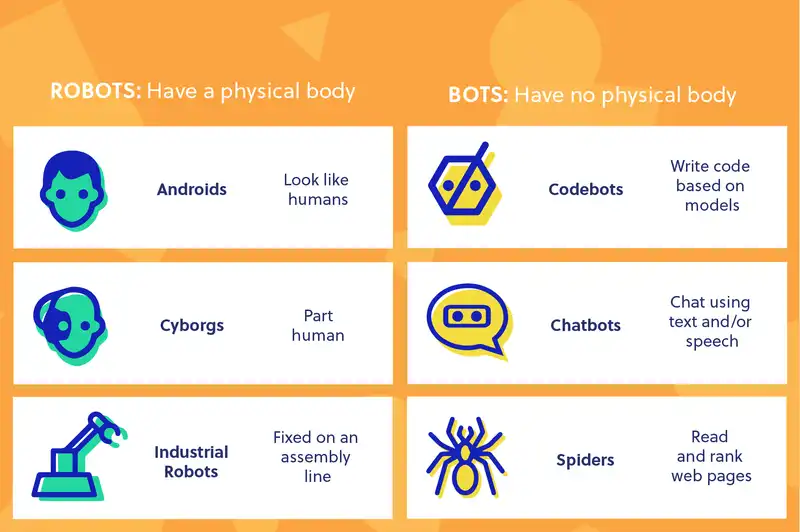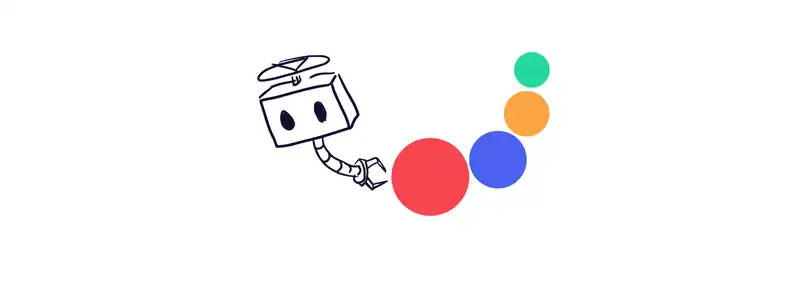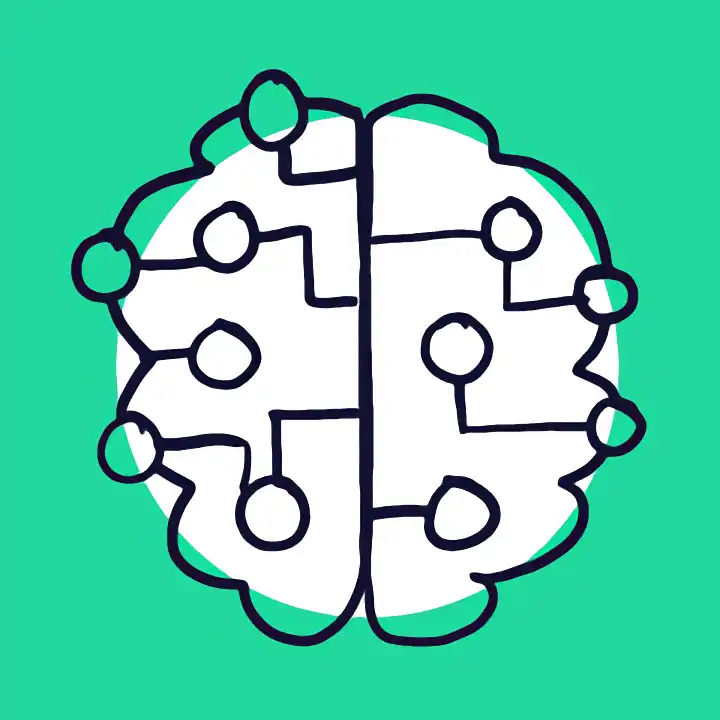What on earth is a codebot and how does it fit in the (ro)bot landscape? This article looks at bots vs robots, how they compare and the key points of difference, with examples.
This question can throw some people. Add in some androids, a cyborg or two and a pinch of chatbots & codebots and most people are lost. But it’s not that hard once you’ve mastered the basics of the various ai technology.
Bots vs robots? What is a bot, what is a robot??
Robots have bodies. Bots don’t. Androids and cyborgs are types of robots. Chatbots and codebots are types of bots. Robots are (mostly) categorised by what they look like. Bots are categorised by what they do.
We prepared a cheat sheet to help cut through the wordiness.

Robots
A robot is a programmable machine that can automatically carry out a series of complex actions.
Pretty simple, but pretty broad too. Technically speaking, androids, cyborgs, and even bots are robots. Which is a nuisance because the common ground shared by most robots and bots is almost non-existent.
Androids
All robots have a body. Androids are robots whose body looks human.
What’s interesting are the parallels between androids, robots that look like humans and chatbots, and bots that act like humans.
Cyborgs
A cyborg is a human-robot hybrid.
A cyborg could be a human augmented with robotics (e.g. Darth Vader) or a robot augmented with living-tissue (e.g. the Terminator), so long as it’s a cybernetic organism, it’s a cyborg.
Cyborgs are already among us! Check out this cool story by Bloomberg about Johnny Matheny, the first person to have a mind-controlled prosthetic.
Industrial robots
Industrial robots are the robots you see in assembly lines. They are designed to move materials, parts, and tools to complete programmed tasks in manufacturing and production.
They are commonly used to complete duties that are dangerous or unsuitable for human workers.
Bots
Originally, “bot” was a shortened version of “robot”, but now it means robots without bodies.
Robots are programmable machines that can automatically execute actions, whereas bots are programs that can automatically execute actions.
The common ground shared by bots and the other robot subclasses above (such as android) is practically non-existent, so it doesn’t make much sense to call a bot a robot.
Bots can be almost anything; the line between (simple) bots and ordinary programs can be opaque. To some, a bot needs to be an AI to count, but we disagree. A robot is a robot because of what it can do, not because it’s cool under pressure like R2-D2 or a scaredy-cat like C-3PO. And the same is true of bots.
Samantha (Her, 2013) is the antithesis of the ‘machines are coming to destroy us’ cliche that Hollywood is obsessed with these days.
I won’t spoil it, but Her is about a man, Theodore Twombly, who develops a relationship with Samantha, the intelligent (and adaptive) computer operating system on his computer. And no, she isn’t secretly evil. Watch it.
Now let’s dive into the types of bots because that’s where, I sense, the real head-scratching is.
Chatbots
A chatbot is a service, sometimes, but not always, powered by artificial intelligence. Humans interact with chatbots via text or speech.
A chatbot can live inside a range of existing products/services, such as Facebook Messenger and iPhone (i.e. Siri), or in a custom-made machine, such as Google’s Home device.
Some of the chatbots generating the most buzz are the ones that actually talk, such as Siri.
While chatbots are a hot topic in the news and in pop-culture, there are a lot of bots that don’t chat at all.
Spiders
The most important bots in the world are web crawlers (also known as spiders). These algorithms automatically sort and rank (crawl) the internet billions of times a day!
Ever wondered wow Google works? The answer is GoogleBot, and it doesn’t chat. It works by reading natural human language and code, which leads me onto codebots.
Codebots
The Codebots ecosystem is made up of a bunch of codebots that work together to help humans build and deploy apps to the cloud.
Whereas crawl bots read the code to more accurately sort and rank sites according to human wants and needs, a codebot writes code based on human wants and needs.
When developers traditionally set out to build an app, they would begin by making models to be used as guides and to communicate with stakeholders. They would then (by hand) write the code to actually build the app.
Now, using Codebots’ suite of specialised codebots, those models can be used to automatically create approximately 90% of the required code, sometimes in a matter of minutes.
Chatbots chat, and web crawlers crawl. Codebots don’t chat or crawl, they code.
(Ro)bots recapped
Our definition of robots and bots is that they are both programmable machines that can automatically execute actions. There are those with bodies (robots) and those that are simply programs (bots).
Robots are categorised by what they look like; androids are robots that look like humans. On the other hand, bots are categorised by what they do; codebots are bots that write code.
Bots excel at repeatable, logic-based tasks, and there aren’t many tasks more repetitive or logical than writing code.
Codebots can write 300,000 lines of 100% developer-readable code in a minute. But humans have awesome, creative potential. Human teams that are empowered by codebots can create 4x faster than regular teams.
All around the world, researchers and botpreneurs are exploring new possibilities and discovering new boundaries. Our team is focused solely on unlocking the amazing potential of codebots, with the goal of enabling humans to code less and create more.




